Growing Strawberries in Containers: Imagine plucking juicy, sun-ripened strawberries right from your patio! Sounds dreamy, right? Well, it’s totally achievable, even if you don’t have a sprawling garden. For centuries, cultivating strawberries has been a cherished tradition, with evidence suggesting their cultivation dates back to ancient Rome. Today, this delicious fruit is enjoyed worldwide, and thankfully, you don’t need acres of land to partake in the fun.
I’m here to show you how easy and rewarding it is to grow your own strawberries in containers. Forget battling weeds, dealing with pests in a huge garden, or worrying about space constraints. This DIY guide is packed with simple tricks and hacks that will transform your balcony, deck, or even a sunny windowsill into a thriving strawberry patch.
Why should you try growing strawberries in containers? Because fresh, homegrown strawberries taste infinitely better than anything you’ll find at the grocery store! Plus, it’s a fantastic way to connect with nature, reduce your carbon footprint, and impress your friends with your green thumb. Let’s get started and unlock the secrets to a bountiful strawberry harvest, all within the comfort of your own home!
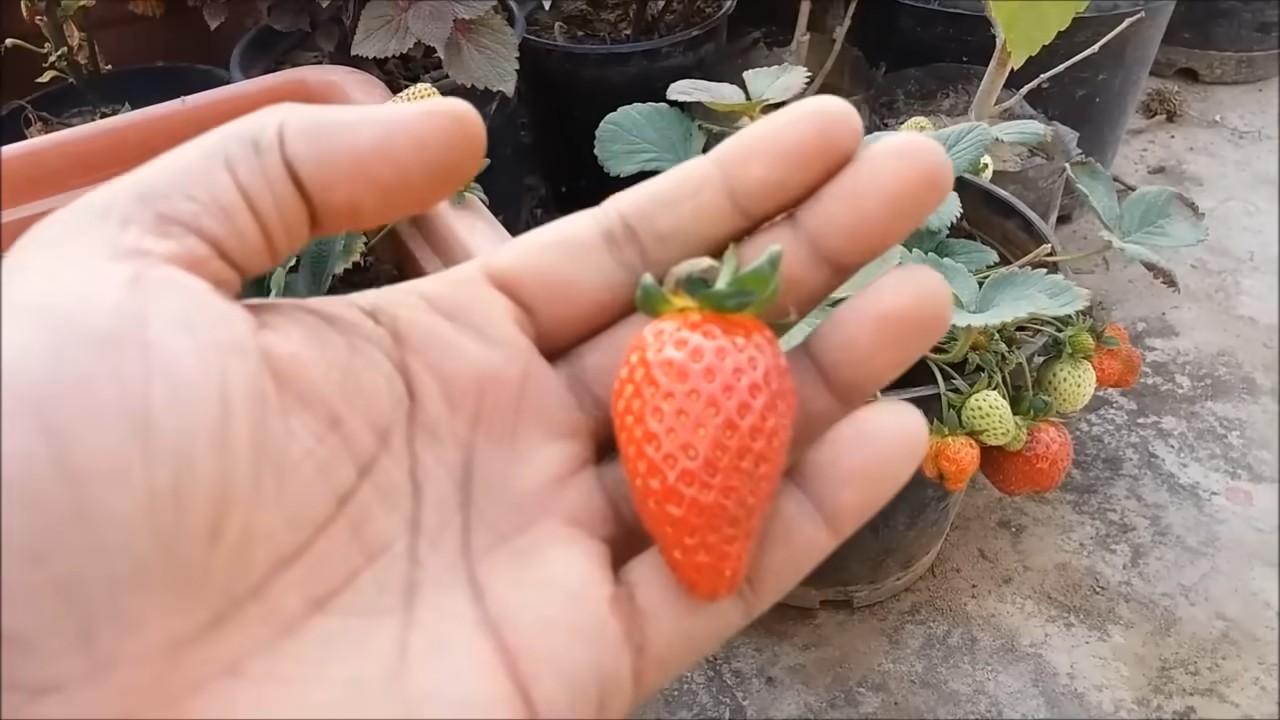
Growing Strawberries in Containers: A Beginner’s Guide
Hey there, fellow gardening enthusiasts! I’m so excited to share my experience with growing strawberries in containers. It’s a fantastic way to enjoy fresh, juicy berries even if you don’t have a sprawling garden. Plus, it’s incredibly rewarding to watch those little green berries turn a vibrant red, knowing you nurtured them from start to finish. Let’s dive in!
Choosing the Right Container and Variety
Before we get our hands dirty, let’s talk about the essentials: the container and the strawberry variety. These two factors play a huge role in your success.
* Container Size: Strawberries need room to spread their roots. I recommend a container that’s at least 12 inches in diameter and 8 inches deep. Larger is generally better, especially if you plan on growing multiple plants in one container. Hanging baskets are also a great option, especially for everbearing varieties.
* Container Material: Plastic, terracotta, or even repurposed buckets can work. Just make sure the container has drainage holes! Soggy roots are a strawberry’s worst enemy.
* Strawberry Varieties: This is where it gets fun! There are three main types of strawberries:
* June-Bearing: These produce one large crop of berries in the spring, usually around June (hence the name!). They’re great if you want a big batch for jam-making.
* Everbearing: These produce berries throughout the growing season, with smaller harvests in the spring, summer, and fall. They’re perfect for continuous snacking!
* Day-Neutral: Similar to everbearing, day-neutral varieties produce berries throughout the growing season, but they’re less sensitive to day length. This means they’ll produce more consistently, even in areas with shorter days.
I personally love everbearing varieties like “Seascape” or “Albion” for containers because I get to enjoy fresh strawberries all summer long. “Ozark Beauty” is a popular June-bearing choice. Do some research and choose a variety that suits your climate and your snacking habits!
Preparing the Soil and Planting
Now for the fun part – getting our hands dirty!
1. Gather Your Supplies: You’ll need:
* Your chosen container
* High-quality potting mix (not garden soil!)
* Strawberry plants (bare-root or potted)
* Slow-release fertilizer (optional)
* Watering can or hose
* Gardening gloves (optional, but recommended!)
2. Prepare the Potting Mix: Strawberries thrive in well-draining, slightly acidic soil. I like to use a mix of:
* 60% potting mix
* 20% compost (for added nutrients)
* 20% perlite or vermiculite (for drainage)
Mix everything thoroughly in a large container or on a tarp.
3. Fill the Container: Fill your container with the prepared potting mix, leaving about an inch or two of space at the top.
4. Planting Bare-Root Strawberries: If you’re using bare-root plants (which are often more economical), soak the roots in water for about 30 minutes before planting. This helps rehydrate them.
* Dig a small hole in the potting mix, large enough to accommodate the roots.
* Place the strawberry plant in the hole, making sure the crown (the point where the roots meet the stem) is level with the soil surface. This is crucial! If the crown is buried, the plant will rot. If it’s too high, the roots will dry out.
* Gently spread the roots around the hole and backfill with potting mix.
* Water thoroughly.
5. Planting Potted Strawberries: If you’re using potted plants, the process is even simpler.
* Gently remove the strawberry plant from its pot.
* Loosen the roots slightly with your fingers.
* Dig a hole in the potting mix, large enough to accommodate the root ball.
* Place the plant in the hole, ensuring the top of the root ball is level with the soil surface.
* Backfill with potting mix and water thoroughly.
6. Spacing: If you’re planting multiple strawberry plants in one container, space them about 8-10 inches apart to allow for adequate growth.
7. Fertilizing: I like to add a slow-release fertilizer at planting time to give my strawberries a boost. Follow the instructions on the fertilizer package. You can also use a liquid fertilizer every few weeks during the growing season.
Caring for Your Strawberry Plants
Now that your strawberries are planted, it’s time to provide them with the care they need to thrive.
1. Watering: Strawberries need consistent moisture, especially when they’re fruiting. Water deeply whenever the top inch of soil feels dry to the touch. Avoid overhead watering, as this can promote fungal diseases. Drip irrigation or watering at the base of the plant is ideal.
2. Sunlight: Strawberries need at least 6-8 hours of sunlight per day to produce a good crop of berries. Place your container in a sunny location.
3. Fertilizing (Continued): As mentioned earlier, you can supplement with a liquid fertilizer every few weeks during the growing season. Look for a fertilizer that’s specifically formulated for berries or fruits.
4. Pest and Disease Control: Keep an eye out for common strawberry pests like aphids, slugs, and spider mites. You can often control these with insecticidal soap or neem oil. Fungal diseases can also be a problem, especially in humid climates. Ensure good air circulation around your plants and avoid overhead watering. If you notice any signs of disease, treat with a fungicide.
5. Removing Runners: Strawberry plants produce runners, which are long stems that grow horizontally and develop new plantlets at the end. While runners can be used to propagate new plants, they can also drain energy from the mother plant, reducing fruit production. I usually remove runners as they appear to encourage more berry production. However, if you want to propagate new plants, you can allow a few runners to root in small pots filled with potting mix. Once the new plants have established roots, you can cut them from the mother plant.
6. Protecting from Birds: Birds love strawberries just as much as we do! To protect your precious berries, you can cover your plants with netting or use bird repellent devices.
7. Winter Care: In colder climates, you’ll need to protect your strawberry plants from freezing temperatures. You can move the containers to a sheltered location, such as a garage or shed, or you can insulate them with straw or burlap. Water sparingly during the winter months.
Harvesting and Enjoying Your Strawberries
The moment you’ve been waiting for!
1. When to Harvest: Strawberries are ready to harvest when they’re fully red, plump, and slightly soft to the touch. They should also detach easily from the plant.
2. How to Harvest: Gently twist or snip the strawberry from the plant, leaving a small piece of the stem attached.
3. Enjoying Your Harvest: Freshly picked strawberries are best enjoyed immediately! You can eat them plain, add them to salads, desserts, or smoothies, or use them to make jam, pies, or other delicious treats.
Troubleshooting
Even with the best care, you might encounter some challenges along the way. Here are a few common problems and how to address them:
* Yellowing Leaves: This could be a sign of nutrient deficiency. Try fertilizing with a balanced fertilizer.
* Small Berries: This could be due to insufficient sunlight, water, or nutrients. Make sure your plants are getting enough of all three.
* No Berries: This could be due to a lack of pollination. If you’re growing your strawberries indoors, you may need to hand-pollinate them with a small brush.
* Rotting Berries: This is often caused by fungal diseases. Ensure good air circulation and avoid overhead watering.
Propagating New Plants
As I mentioned earlier, you can propagate new strawberry plants from runners. Here’s a more detailed look at the process:
1. Allow Runners to Develop: Let a few runners grow from your strawberry plants.
2. Rooting the Runners: Place small pots filled with potting mix near the mother plant. Position the runners so that the plantlets at the end are resting on the soil in the pots. You can secure them with a small clip or rock.
3. Water and Wait: Water the pots regularly and wait for the plantlets to develop roots. This usually takes a few weeks.
4. Separate the New Plants: Once the new plants have established roots, you can cut the runners from the mother plant.
5. Transplant: Transplant the new plants into larger containers or into your garden.
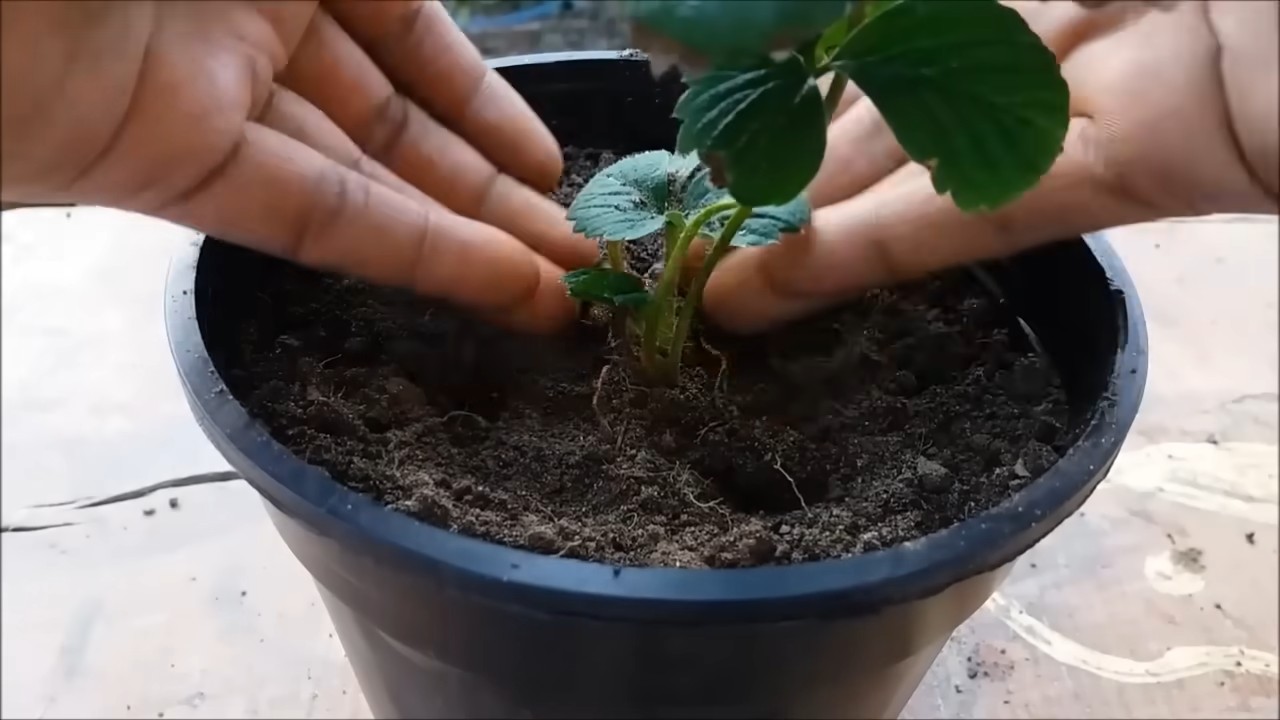
Conclusion
So, there you have it! Growing strawberries in containers isn’t just a gardening trend; it’s a game-changer for anyone craving fresh, juicy berries right at their fingertips. We’ve walked through the simple steps, from choosing the right container and soil to nurturing your plants for a bountiful harvest. But why is this DIY trick a must-try?
Firstly, it democratizes strawberry cultivation. No sprawling garden? No problem! A sunny balcony, patio, or even a well-lit windowsill can become your personal strawberry patch. This accessibility makes fresh, homegrown produce available to apartment dwellers, urban gardeners, and anyone with limited space.
Secondly, container gardening offers unparalleled control. You dictate the soil quality, watering schedule, and sun exposure, minimizing the risk of pests and diseases that often plague in-ground strawberry beds. This control translates to healthier plants and a more abundant yield.
Thirdly, it’s incredibly rewarding. There’s something deeply satisfying about nurturing a plant from a tiny seedling to a fruit-bearing marvel. The anticipation of that first ripe berry, the burst of flavor when you finally taste it – it’s an experience that connects you to nature and provides a sense of accomplishment.
But the beauty of container gardening lies in its adaptability. Feel free to experiment with different strawberry varieties. Everbearing strawberries will provide fruit throughout the growing season, while June-bearing varieties offer a concentrated harvest. Consider adding companion plants like basil or marigolds to deter pests and attract pollinators. You can also explore vertical gardening techniques using stacked planters or hanging baskets to maximize space and create a stunning visual display.
Don’t be afraid to get creative! Try different container materials – terracotta pots, plastic tubs, even repurposed buckets can work wonders. Just ensure proper drainage to prevent root rot. And remember, consistent watering and fertilization are key to success.
We’ve armed you with the knowledge and inspiration to embark on your own strawberry-growing adventure. Now, it’s time to get your hands dirty! Gather your supplies, choose your strawberry plants, and prepare to be amazed by the abundance you can cultivate in a small space.
We are confident that you will find success in growing strawberries in containers. We encourage you to try this DIY trick and experience the joy of harvesting your own delicious berries.
Most importantly, we want to hear about your experiences! Share your photos, tips, and challenges in the comments below. Let’s create a community of container strawberry growers and learn from each other’s successes and failures. Happy gardening!
Frequently Asked Questions (FAQ)
What is the best type of container for growing strawberries?
The ideal container for growing strawberries should be at least 12 inches deep and wide to provide ample space for the roots to develop. Terracotta pots, plastic containers, and even hanging baskets can be used, as long as they have adequate drainage holes. Strawberry pots, specifically designed with multiple openings, are also a popular choice. Consider the material’s ability to retain moisture and regulate temperature. Terracotta pots, while aesthetically pleasing, tend to dry out faster than plastic containers. Dark-colored containers can absorb more heat, which may be beneficial in cooler climates but detrimental in hotter regions. Ultimately, the best container is one that suits your aesthetic preferences, budget, and climate.
What kind of soil should I use for growing strawberries in containers?
Strawberries thrive in well-draining, slightly acidic soil with a pH between 5.5 and 6.5. A commercially available potting mix specifically formulated for fruits and vegetables is a good option. Alternatively, you can create your own mix by combining equal parts of garden soil, peat moss or coco coir, and perlite or vermiculite. The garden soil provides essential nutrients, while the peat moss or coco coir helps retain moisture. Perlite or vermiculite improves drainage and aeration. Avoid using heavy clay soil, as it can become waterlogged and suffocate the roots. Before planting, amend the soil with compost or aged manure to provide a slow-release source of nutrients.
How often should I water my strawberry plants in containers?
Watering frequency depends on several factors, including the container material, soil type, climate, and stage of plant growth. Generally, strawberry plants in containers need to be watered more frequently than those grown in the ground, as the soil in containers tends to dry out faster. Check the soil moisture level daily by inserting your finger about an inch deep. If the soil feels dry to the touch, it’s time to water. Water deeply until excess water drains out of the drainage holes. Avoid overwatering, as this can lead to root rot. During hot, dry weather, you may need to water your plants twice a day. In cooler, wetter weather, you may only need to water them every few days.
How much sunlight do strawberry plants need?
Strawberry plants require at least 6-8 hours of direct sunlight per day to produce abundant fruit. Choose a location that receives full sun for most of the day. If you live in a hot climate, provide some afternoon shade to prevent the plants from scorching. If you’re growing strawberries indoors, use grow lights to supplement natural sunlight. Rotate the containers regularly to ensure that all sides of the plants receive adequate light. Insufficient sunlight can result in leggy growth, reduced fruit production, and poor fruit quality.
What kind of fertilizer should I use for strawberry plants?
Strawberry plants benefit from regular fertilization, especially during the growing season. Use a balanced fertilizer with an NPK ratio of 10-10-10 or 12-12-12. Alternatively, you can use a fertilizer specifically formulated for berries. Apply the fertilizer according to the package instructions, typically every 2-4 weeks. Avoid over-fertilizing, as this can burn the roots and damage the plants. You can also supplement with organic fertilizers such as compost tea or fish emulsion. During the dormant season, reduce or eliminate fertilization.
How do I protect my strawberry plants from pests and diseases?
Regularly inspect your strawberry plants for signs of pests and diseases. Common pests include aphids, spider mites, and slugs. Control aphids and spider mites with insecticidal soap or neem oil. Handpick slugs or use slug bait. Prevent fungal diseases by providing good air circulation, avoiding overwatering, and removing any dead or diseased foliage. If necessary, use a fungicide specifically labeled for use on strawberries. Consider using row covers or netting to protect your plants from birds and other animals.
How do I overwinter my strawberry plants in containers?
In colder climates, strawberry plants in containers need to be protected from freezing temperatures. Move the containers to a sheltered location, such as a garage, shed, or unheated porch. Alternatively, you can bury the containers in the ground or wrap them with burlap or insulation. Water the plants sparingly during the winter months, just enough to keep the soil from completely drying out. In early spring, gradually acclimate the plants to outdoor conditions before moving them back to their permanent location.
When will my strawberry plants produce fruit?
The timing of fruit production depends on the type of strawberry plant you’re growing. June-bearing strawberries produce a single, large crop of fruit in the spring. Everbearing strawberries produce fruit throughout the growing season, with peak harvests in the spring and fall. Day-neutral strawberries produce fruit continuously throughout the growing season, regardless of day length. Generally, strawberry plants will start producing fruit in their second year. To encourage fruit production, remove any flowers that appear in the first year to allow the plants to focus on root development.

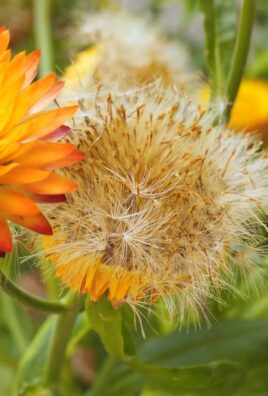
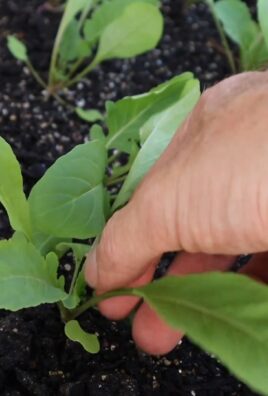
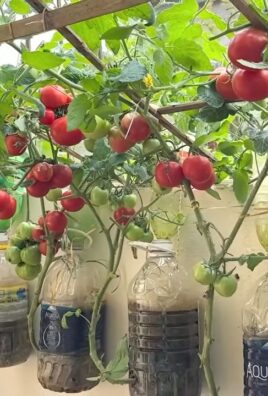
Leave a Comment